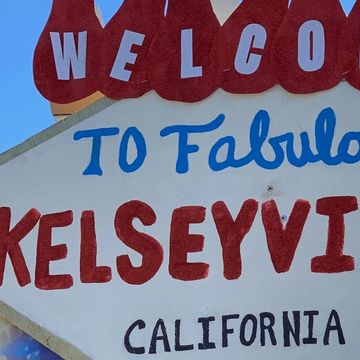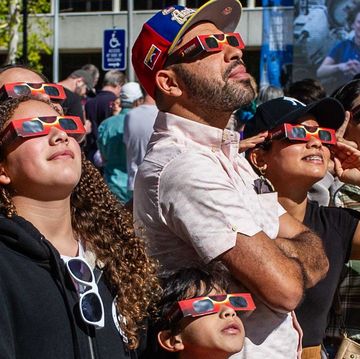The former Spanish capital of Alta and Baja California, Loreto is a tranquil city with a picturesque waterfront on the Sea of Cortez and tree-shaded cobblestone streets that echo the town’s colonial past.
A Pueblo Mágico since 2012, Loreto marks its earliest historical significance with a pavement plaque near the Plaza Civica that indicates the starting point of the Camino Real, the route that connected a chain of 18th-century Jesuit missions established along the Pacific coast. From Loreto, Spanish administrators held sway over the affairs of all Californians. The city’s status diminished in the postcolonial years, and in 1974, when Baja California Sur became the newest of Mexico’s 31 states, La Paz was declared its capital. Today, Loreto serves tourism as a gateway to the sea.
This article appears in Issue 26 of Alta Journal.
SUBSCRIBE
Getting There
Loreto’s international airport (LTO) receives many major airlines, and car rentals are available. More adventurous travelers can make the 15-hour drive south from Tijuana on the Transpeninsular Highway (México 1). Even more adventurous travelers can board the ABC Plus bus at the main Tijuana bus terminal, arriving in Loreto 18 hours later (about US$140).
Where to Visit
The Misión de Nuestra Señora de Loreto Conchó, known as the mother of California’s missions, replaced the original Misión de Loreto, founded in 1697 by Jesuit padre Juan María de Salvatierra. The cool, white-walled nave, enshrining an ornate gold-leafed altar, still receives parishioners.
Around the corner from the mission, the Museo de la Misiones de Baja California occupies an 18th-century former Jesuit convent. Displays include religious art from the era and sacred tomes such as a catechism printed in 1681. Look for oddities like a church bell that toppled from a boat into the sea in 1875 and was salvaged a century later when snagged in a fisherman’s net.
Stroll along the Malecón, as waterfront esplanades are known, and peer out across the Sea of Cortez. Its incredible biodiversity—the sea is home to more than 3,000 marine species, including migrating blue and gray whales (best seen January through March)—is the focus of conservation efforts by groups such as the nonprofit Niparaja, founded 30 years ago and instrumental in helping establish protected areas in the gulf.
You can hire boatmen (in a wide variety of seagoing craft) for day trips out of the Loreto Marina, at the end of the Malecón. The waters off the nearly barren Isla del Carmen—once the site of a commercial salt-producing facility and now part of a protected UNESCO World Heritage site—are a destination for snorkeling, diving, kayaking, bird-watching, and observing sea lion colonies. The best bet to secure a booking is to make arrangements through your hotel in advance, especially in high season.
Where to Eat
Just about any taco joint or seafood restaurant in town can be relied on for good, basic regional cooking. Check the menu for chocolata clams, a tasty bivalve prepared in a number of locally accented ways. The Giggling Dolphin is a fun, family-run spot where they’ll prepare your catch for dinner (“You hookem, we’ll cookem”); the restaurant also hosts live music.
Where to Stay
Accommodations around Loreto are generally well-maintained and well-run. The Hotel Oasis is on the waterfront and offers a restaurant on the premises. One note of caution: avoid visiting Loreto in November, unless you’re on a motorcycle or in a dune buggy; the rowdy Baja 1000 roars into town, and nearly every room is booked (and the streets are loud).
Side Trip
The Sierra de la Giganta, with its angular shapes and hulking peaks, looms over the town to the west; its tallest point, Cerro de la Giganta, rises 3,858 feet. Cochimí people tell legends of giants that dwelled there and still haunt the range’s rocky ridges and valleys. Through most hotels, you can arrange hiking and mountain-biking trips to the range with experienced guides to explore hidden canyons with palm-shaded oases, freshwater pools, and magnificent 7,000-to-12,000-year-old rock paintings (UNESCO has declared them “one of the largest prehistoric rock art sites in the world,” and many visitors have compared them to the European cave art of Lascaux and Altamira). Insider advice: view a scale model of the cave paintings in the Mission Museum.•
Rex Weiner is an award-winning journalist based in Todos Santos, Baja California Sur where he has owned a home for many years, and is co-founder and co-director of the Todos Santos Writers Workshop, now in its 11th year.



















